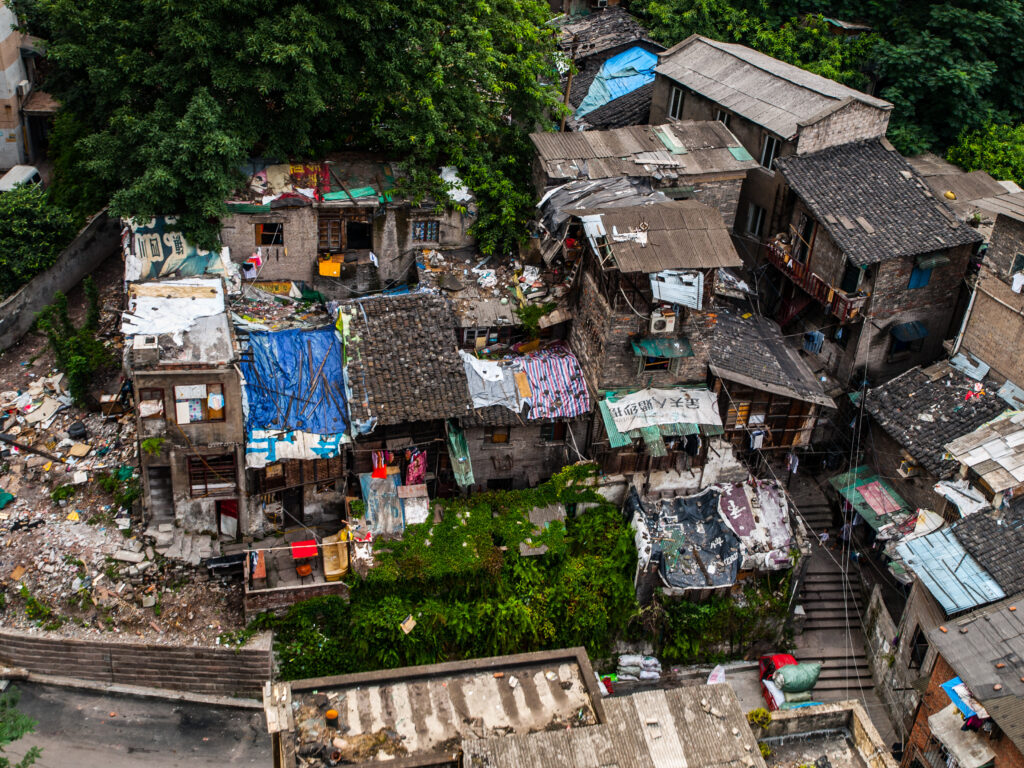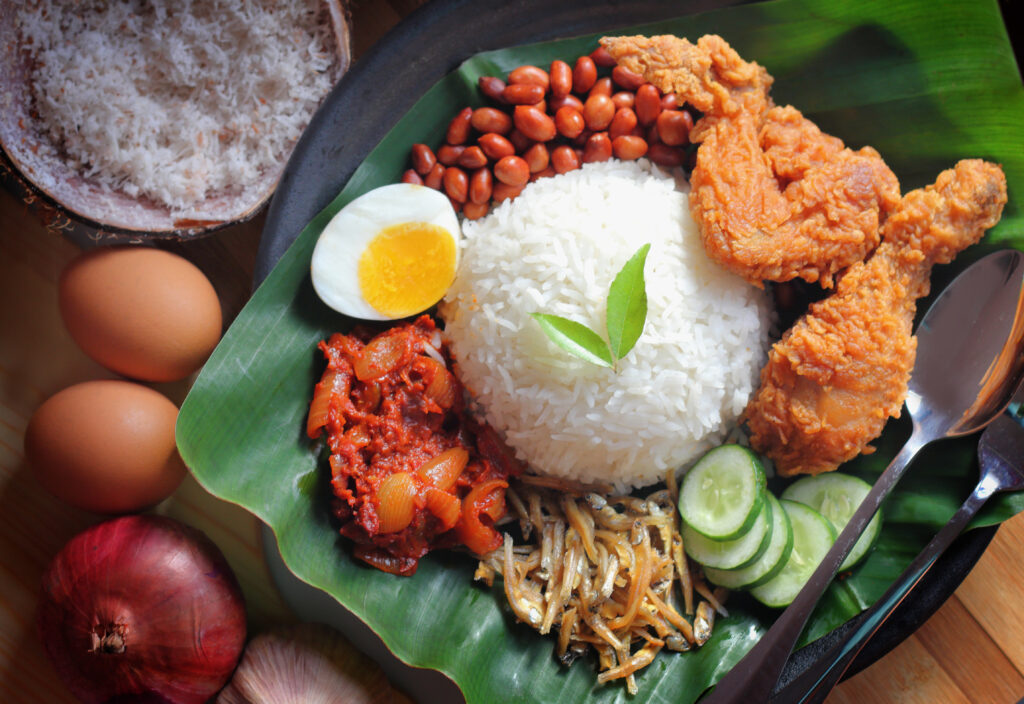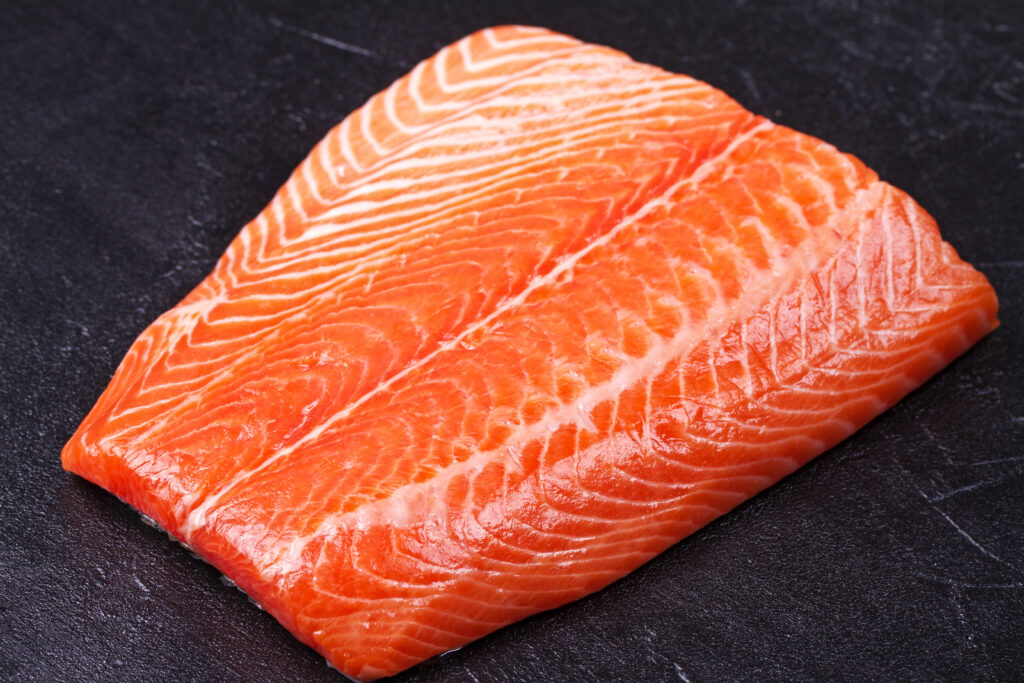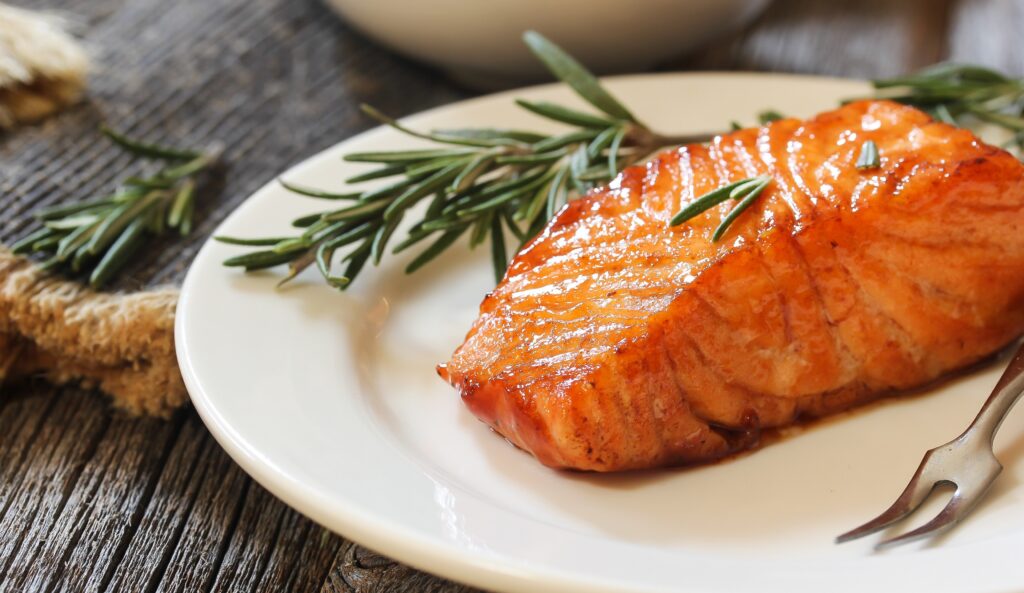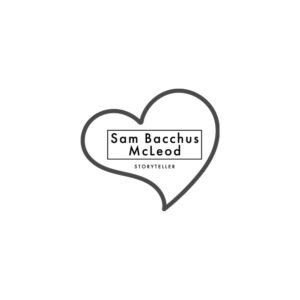To live healthier we must understand where our food comes from. We have to be an expert on our local market places, and we have to do as much research as possible on foods imported from foreign markets.
“It is often difficult to ensure that suppliers in far-flung locations operate according to the high safety standards and tight quality control
sought by U.S. consumers.” USDA RESEARCH.
Although we live in the globalisation era with super fast technologies, there is no absolute way of knowing how our food is grown and handled in far-off countries. Unless we personally explore the farms and farmers ourselves, or trust the people importing the food, we will always be left in the dark. The best we can do is ask many questions, shop only from the places we know and trust, and do our own research online, or abroad when the opportunities arise.
As an example; if our food is being imported from a place like this image below, where human rights abuse is the norm, and poverty is so abject they are starved and without proper homes. Where cleanliness is an impossibility, much less best farm practices. These poor people are forced to grow foods for us.
Would we force the people suffering in our Downtown Eastside Vancouver to grow our food, whilst they live in those conditions and are starved out? No, never. Then why should we support these kinds of imports?
I, for one, will never question most of the food writers and food bloggers I have researched, because from their work I know they have done the best possible investigations they could.
When I was in Malaysia on a food tour, I was quite impressed by the food philosophy of most of the popular vendors, nowhere more so than in Penang and Ipoh. They really promoted locally grown food and that was reflected in the landscapes and the flavours.
Tips to be savvy shopper: Fish like wild salmon, farmed salmon and sable fish are all BC proud.
Wild salmon should look like this image below – vibrant reddish with firm flesh and less fat. There are five species of seasonal salmon, King and Sockeye (May to July), Chum and Pink (June to September), and Coho (August to September).
Wild salmon is delicious when caught fresh, unfortunately most of it is sent away to other countries to be dressed, then flown back to our market places. This results in a stressed flesh, and because it is frozen and defrosted several times, the final product is tasteless and dry.
Farmed salmon should look like this image below. Dark pink, with more fat streaks. And cooks up absolutely delicious. Because of the higher fat content, it retains a moistness and absorbs flavours like spices and marinades very well.
When it comes to fruits and vegetables, enjoy the little things at the grocers and ignore the big problems looming at you.
Here is a warning sign when you’re shopping – If the food looks like the steroid junky from your local gym don’t buy it! You know the overgrown, plumped up, angry, empty looking fruits, vegetables, meat and seafood I am talking about, right?
Do you remember picking little strawberries with your chubby baby fingers and you’d get like two in your hands? If you are shopping now and you pick up just one strawberry as big as your adult-sized hand, for the love of your health, put it back and step away from the strawberry. Instead during the summer time find your local farmers and look for the organic stuff growing in their “back-forty” (the neglected land they let go wild and then replanted).
Think when you shop:
If the green onions are almost the size of regular onions and have 3-foot long blades
The mango needs two hands to lift it up
The boxed lettuce has an expiry date 2 weeks from now
The carrots are called baby-cut
The cabbage decays from the inside out
The garlic disintegrates like dust when touched
The fruits and vegetables look like preserved art
You can see yourself reflected in the waxy coatings of fruits and vegetables
The tomatoes are infused with flavours like umami and what not
The green beans look like they reaped the nearby saplings instead of the beans
Asparagus are as fat as sidewalk chalk
DON’T BUY IT.
Use up those organic carrots before nature takes it back.
Take grown-up organic carrots and cut them into 2 by 4-inch strips
Place in a foil with a chunk of local butter and a plug of Greek olive oil
Throw in some sliced local onions
Sprinkle 1-teaspoon The Italian Blend from my collection, or not:-)
A dash of Vancouver Island sea salt, and a few turns of the pepper mill over it all.
Fold the foil in a neat package and grill or bake until the onions smell cooked.
Vegetarians, organic lover and gluten-free lifers will love this one.
Meet real food again, they are perfect in their little imperfections.
